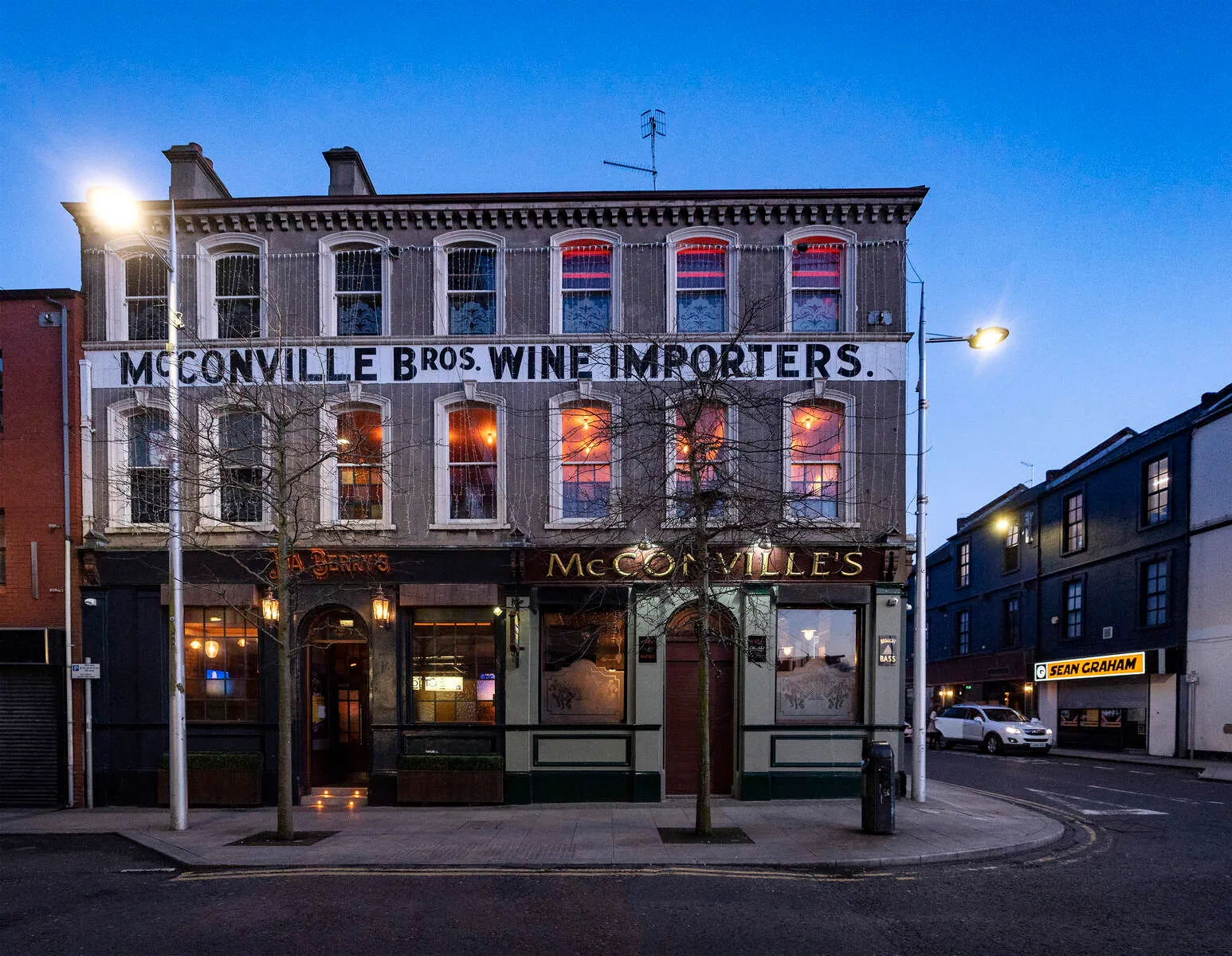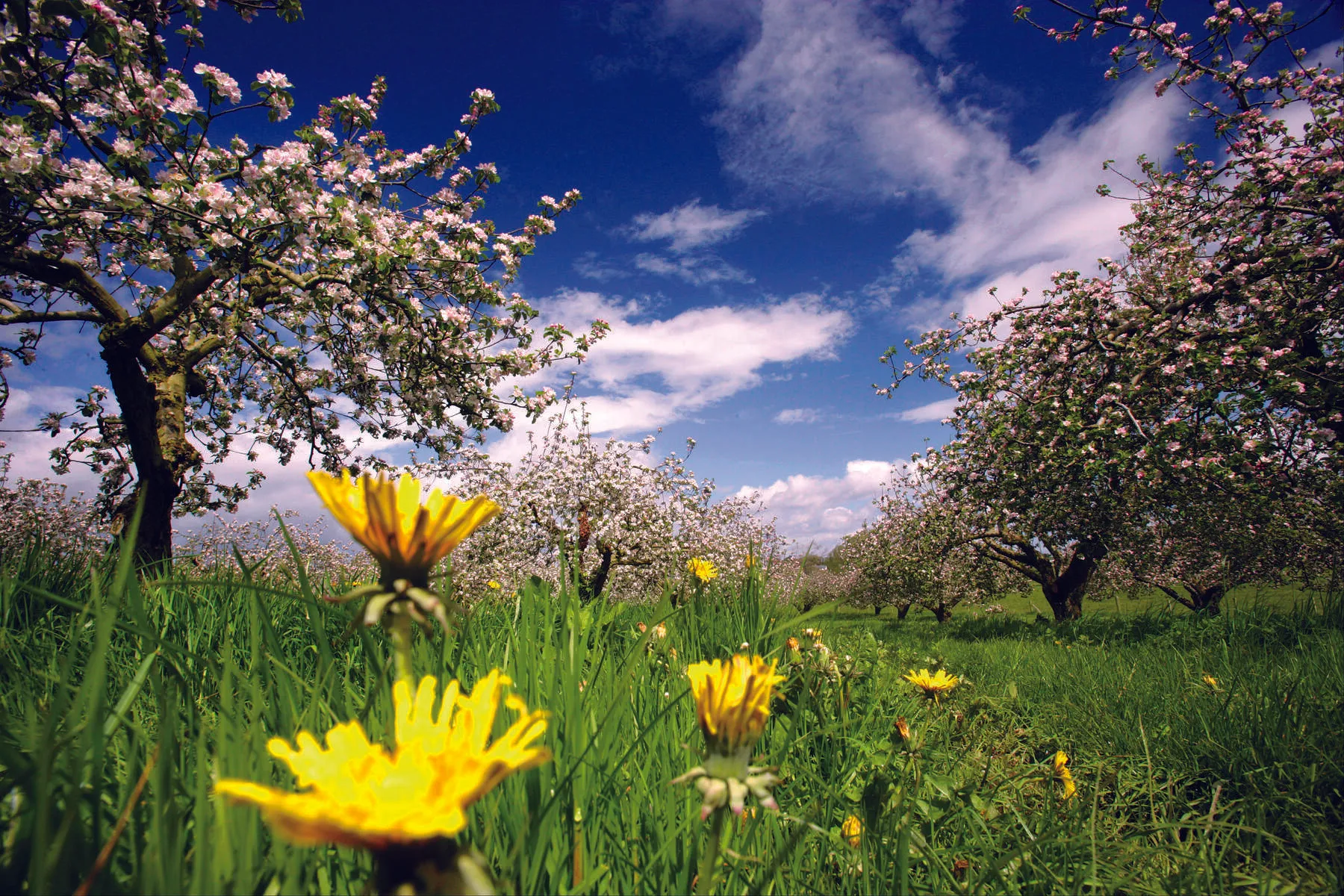Step onto the cobbled streets of Portadown, where the River Bann whispers tales of centuries past and the echoes of linen looms still linger in the air. Nestled at the southern tip of Lough Neagh in County Armagh, Northern Ireland, this town wears its history like a well-tailored coat. Once a bustling hub for linen production and a vital link between land and sea via the Newry Canal since 1741, Portadown's heritage is etched into every cobblestone. Wander beside the river to trace the haunting memory of the 1641 Massacre or visit Ardress House, an 18th-century National Trust gem where polished woodwork and period decor transport you to a gentler era. The town's heartbeat pulses at Shamrock Park, home to Portadown FC, while its soul finds expression in landmarks like the War Memorial and Saunderson's Statue, monuments to resilience.
Just 30 minutes from Belfast, Portadown balances history with vibrant community life. Explore Edenvilla Secret Garden, a lush oasis cultivated by locals, or stroll Moneypenny's Lock along the canal where swans glide past the 200-year-old lock-keeper's house. For deeper dives, guided Town Tours unravel stories of industrial might and hidden corners like Dan Winter's House near the Battle of the Diamond site. Whether savoring a pint in a High Street pub or teeing off at the Portadown Golf Club, this town invites you to linger - where every turn reveals a thread in its rich tapestry of industry, conflict, and quiet reinvention. Come for the history; stay for the warmth of a place that honors its past while nurturing tomorrow.
Jump to section:
Things to See and Do

Portadown Town Tours
Guided tours exploring industrial history, landmarks like the War Memorial & Obelisk, and River Bann's influence. Options: Basic Tour (£5, 1h15m) or Intensive Tour (£7, 2h30m).

Ardress House
An 17th-century National Trust property with elegant 18th-century decor and a traditional farmyard. Guided tours on weekends (11AM-4PM). Adult £7.50, child £3.75. Located at 64 Ardress Road, Annaghmore BT62 1SQ.

Long Meadow Orchard Cider Experience
Discover the art of cider-making as you learn the process of creating cider from orchard fruit.
Dan Winter's House
An 18th-century farmhouse near the Battle of the Diamond site. Open Mon-Sat 10:30AM-6PM, Sun 2-6PM with admission by donation. Located at 9 Derryloughan Road, Loughgall BT61 8PH.
Edenvilla Secret Garden
A community-run walled garden with accessible green spaces and initiatives like the Green Gym. Offers activities for all abilities.
Newry Canal & Moneypenny's Lock
A scenic towpath for walking/cycling. The picturesque lock-keeper's house at Moneypenny's Lock lies two miles south of Portadown.
Shamrock Park
Home stadium of Portadown FC with a 2,770 capacity. Situated on the southwest edge along Armagh Road.
Portadown Golf Club
An 18-hole par-70 course (6,118 yards). Round costs ~£20. Located at 192 Gilford Rd, Portadown BT63 5LF.
River Bann Walkways
Scenic riverside paths with historical significance linked to the 1641 Massacre. Featured in Portadown Town Tours' route.
Portadown Town Hall
Historic town center building housing a theatre. Key landmark showcasing local culture and heritage.
Getting There
Air
The nearest airports to Portadown are Belfast International Airport (BFS) and George Best Belfast City Airport (BHD), both of which offer flights to various destinations in the UK and Europe. From the airport, you can rent a car or take a taxi or bus to Portadown.
Rail
-
Trains run every 30 minutes from Bangor via Belfast to Portadown, taking an hour from Belfast.
-
The Enterprise Train runs hourly from Dublin Connolly via Drogheda, Dundalk, and Newry to Portadown, taking 90 minutes, and continues to Belfast.
-
Portadown has a railway station with regular trains from Belfast and other destinations in Northern Ireland.
Bus
-
Goldline Express 251 runs hourly from Belfast via Lurgan to Portadown (40 minutes) and Armagh.
-
Ulsterbus 551 runs hourly from Belfast via Lisburn, Moira, and Lurgan to Craigavon, but does not reach Portadown.
-
Bus 75 runs every couple of hours between Dungannon and Portadown, taking just under an hour.
-
Bus 63 takes an hour between Newry and Portadown, with six services on Monday to Friday and four on Saturday.
-
Bus 62 runs from Banbridge via Gifford to Portadown, taking 35 minutes, with hourly services on Monday to Friday and every couple of hours on Saturday.
Car
Portadown is located on the A3 Lurgan to Armagh road, 30 miles from Belfast, just south of the M1. It can be reached by car via the M1 motorway from Belfast or other nearby cities.
Events & Festivals 2025
There are currently no events listed. If you would like to add an event, please contact us.
History
Portadown's history began in pre-plantation days with the local sept, the McCanns of Clann-Cana, inhabiting the area south of Lough Neagh. The name Portadown is derived from the Irish 'Port-nadun', meaning the port of the dun, stronghold of the McCanns. In 1610, James I granted land to William Powell, marking the beginning of the town's history. Powell sold his grant to Reverend Richard Rolleston, who then sold it to Richard Cope and Michael Obins.
Michael Obins built a house and bawn of brick and lime, settling 20 English tenants around him in the Ballyoran area. He secured a patent for a fair and market at Portadown in 1631, and the first bridge was built across the Bann. However, during the Irish Rebellion of 1641, Portadown was captured by dispossessed Irish led by Sir Phelim O'Neill, resulting in the massacre of over 100 settlers who were forced off the broken bridge and shot or drowned.
The town's history is also marked by its role in the linen industry. In 1762, Michael Obins petitioned for a linen market, laying the foundation for Portadown's reputation as a major linen manufacturing and trade center. The introduction of steam power in the 19th century further boosted the industry, with factories like Hamilton Robb and Spence Bryson & Co producing fine linens.
Portadown's development was also influenced by its transportation links. The Newry Canal, built in 1741, connected the town to the sea, while the Ulster Railway, which arrived in 1842, linked it to Belfast and other major towns. The construction of a railway bridge over the Bann in 1848 and the extension of the line to Armagh and Enniskillen cemented Portadown's position as a key transportation hub.
Today, remnants of Portadown's history can still be seen in its architecture and landmarks, such as the People's Park, which was once part of the grounds surrounding Obins Castle. The town's industrial heritage is also evident in its many historic factories and warehouses, now repurposed for modern use. Visitors to Portadown can explore its rich history through guided tours and museums, uncovering the stories behind this former market town's rise to prominence.
